A field of golden buttercups - but which species? There are about seventeen in Britain, some rare or with specialised habitat requirements, but three are commonly found in meadows.
The clues to identifying them lie underneath the flower, in the sepals and the flower stalk.
Meadow buttercup Ranunculus acris has sepals that sit underneath the petals and a smooth flower stalk, without grooves and ridges. It tends to favour damper meadows.
In bulbous buttercups Racunculus bulbosus the flower stalk has longitudinal ridges and grooves and the sepals are bent downwards so that they touch the flower stalk. A species more tolerant of drier meadows.
And this is creeping buttercup Ranunculus repens which has ridged and grooved stems and sepals that sit underneath the petals. A species that often invades disturbed ground, sending out runners that creep across the soil surface and root from their tips, then repeat the process ad infinitum - which can make it a pernicious garden weed.
But there’s another buttercup, one that grows along woodland edges, that often flowers before any of these three - goldilocks Ranunculus auricomus
Yellow riots of goldilocks sometimes turn up in woods in spring, amongst that tranquil sea of bluebells and white stitchwort. It’s the most imperfect of buttercups: if the Japanese aesthetic of wabi-sabi, finding beauty in imperfection, a philosophy usually linked to art forms such as ceramics, was applied to plants, then surely this oft-overlooked woodland spring flower would be celebrated.
It’s hard to find a perfect goldilocks inflorescence whose flowers have a full complement of petals. Unfettered by rules of organised floral development and symmetry, some flowers may have none, others any number between one and five petals, often malformed. In the uniformity of a bluebell wood, this is the inebriated, uncouth attender at a formal occasion who ignores the dress code and turns up in T-shirt and ripped jeans.
The reason? Goldilocks has forsaken sex. It no longer relies on showy flowers to compete with bluebells for insect pollinators. Instead, its seeds are clonal propagules, reliably produced without union between pollen and ovules, so all offspring are identical to the parent plant.
But sometimes mutation intervenes and then a new and subtly different local, clonal goldilocks microspecies proliferates. Botanists believe there may be more than one hundred of these in our flora, yet to be described and named. Exquisite complexity, arising from imperfection.
One of the joys of natural history is that the closer your look, the more unanswered questions you find. Real beauty can often to be found in complexity.




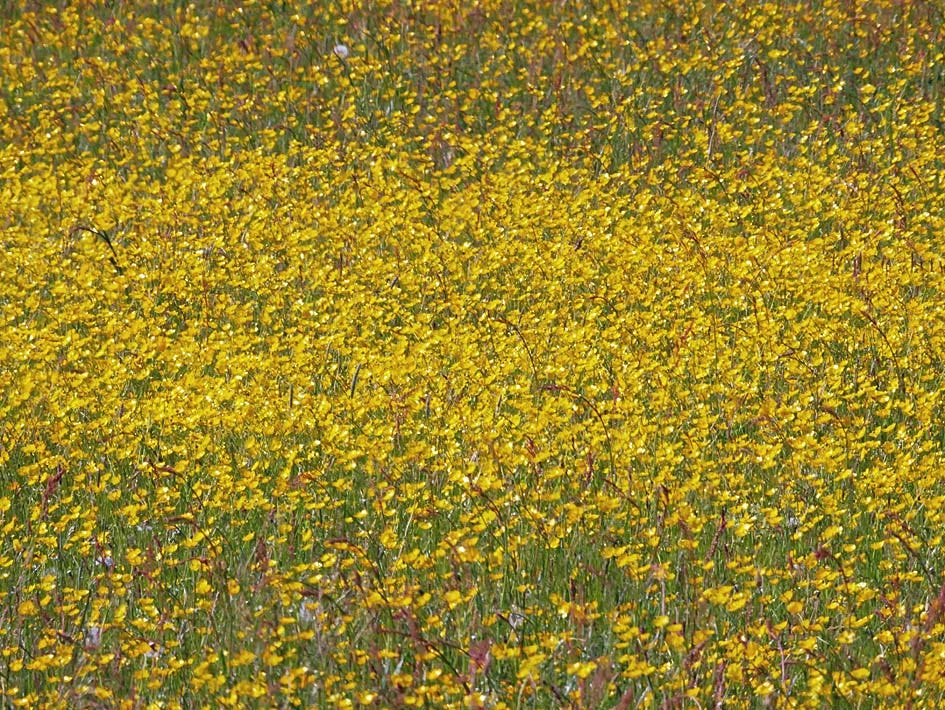
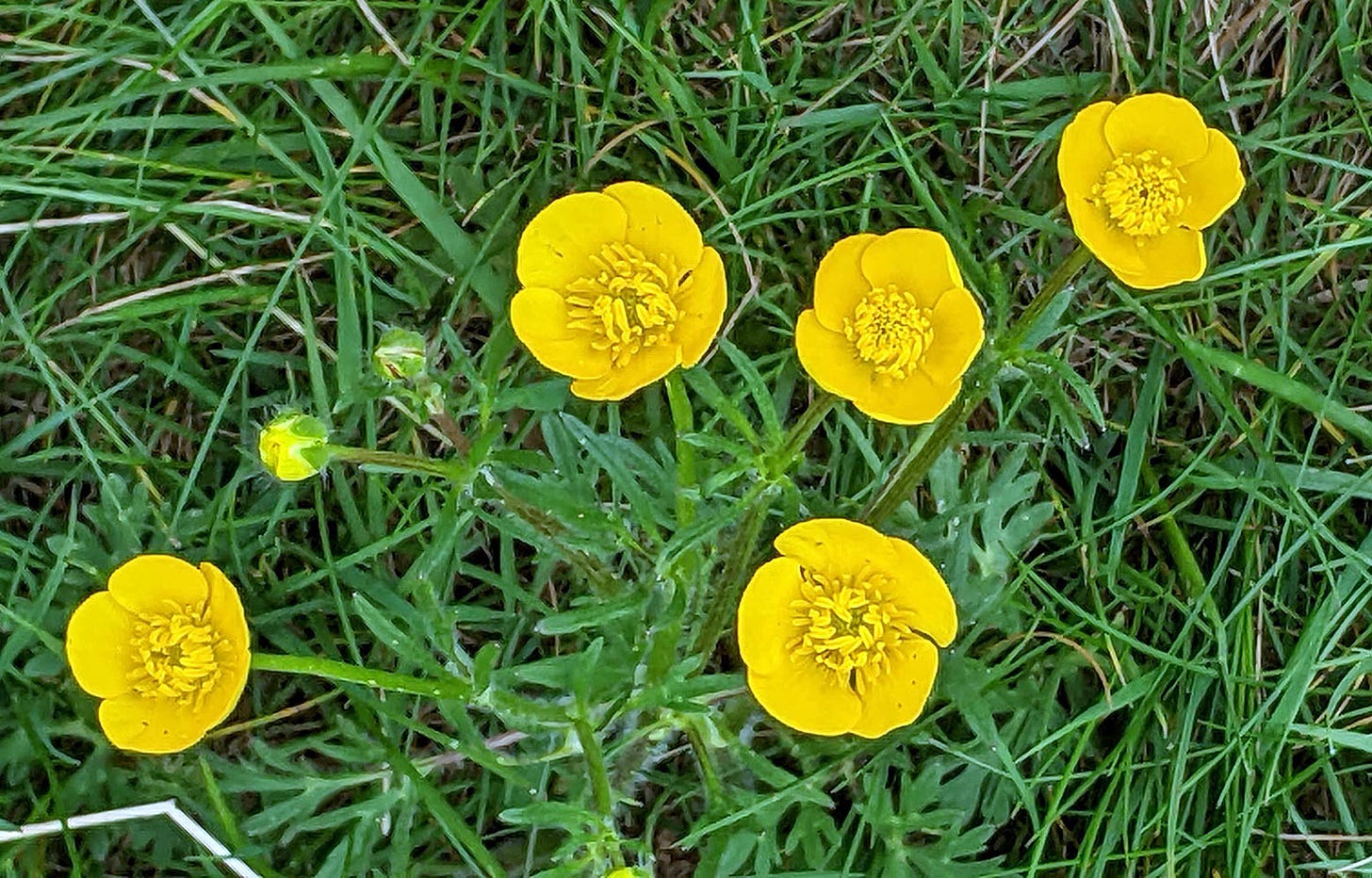
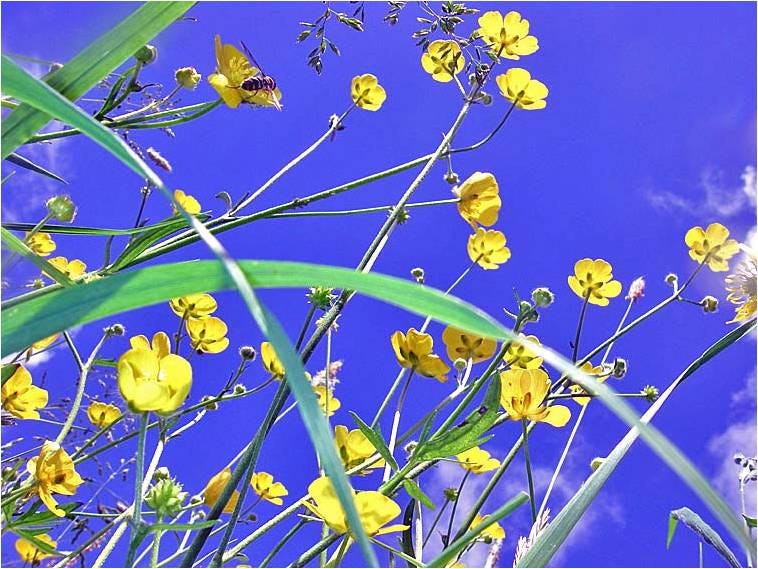
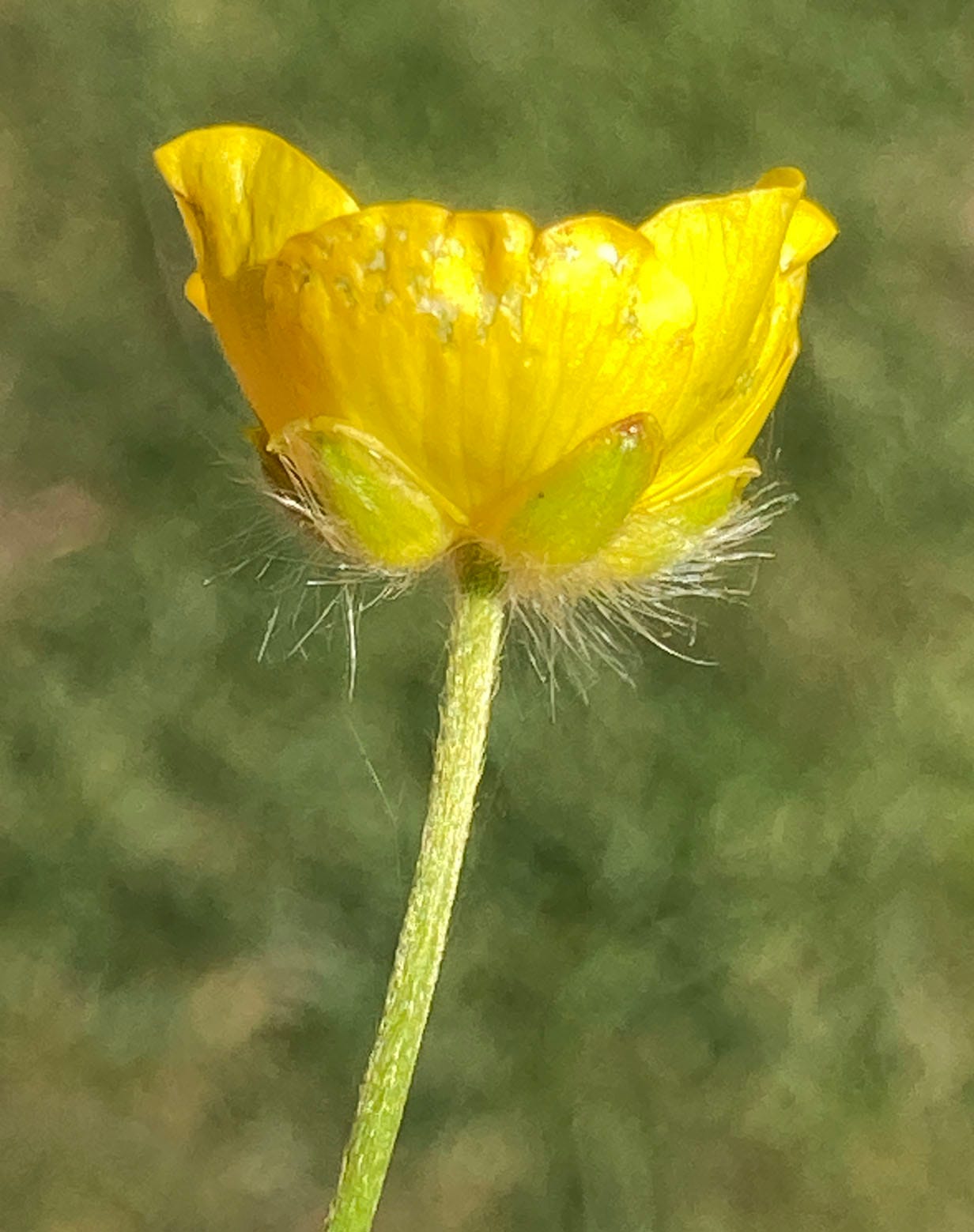


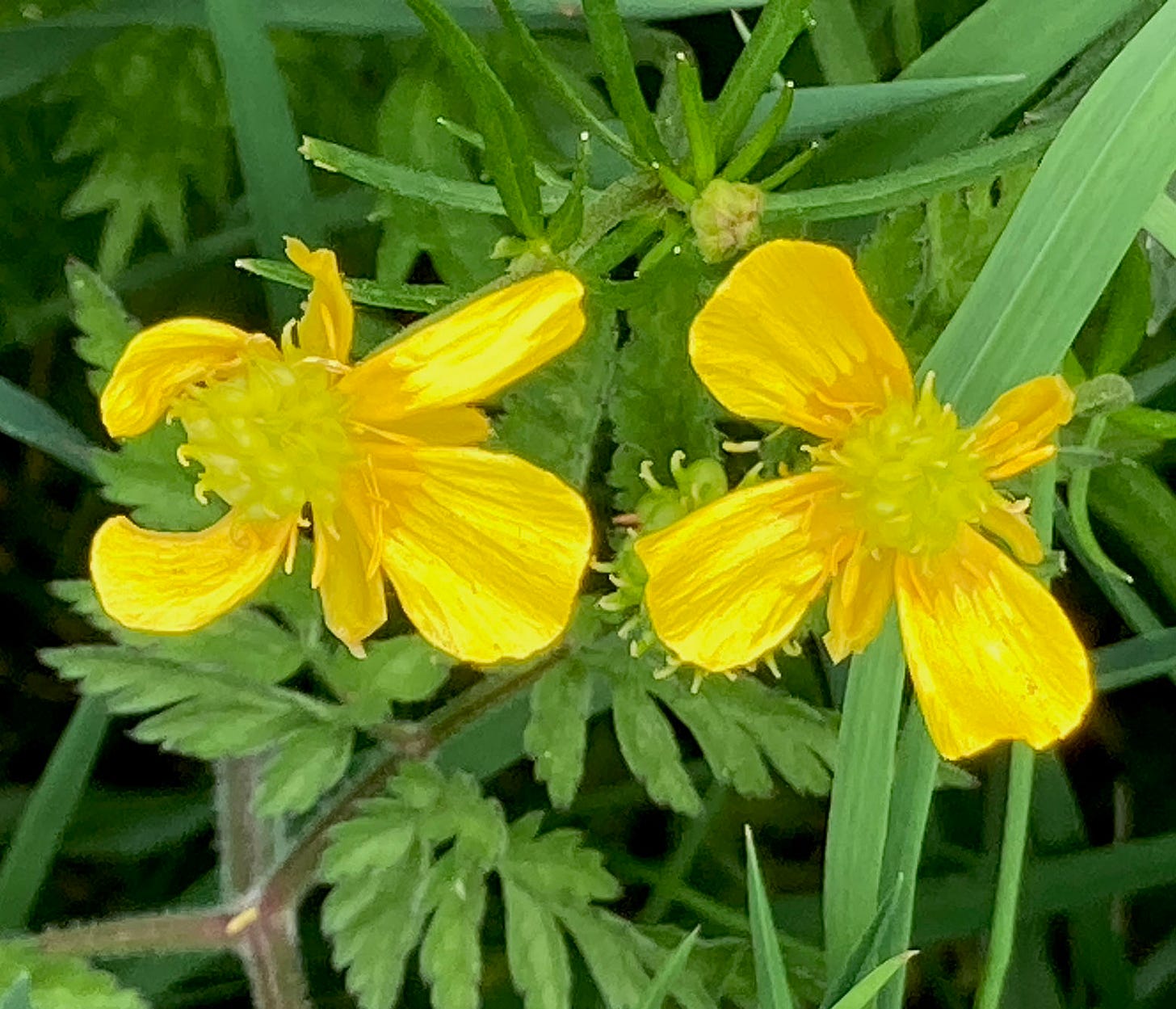
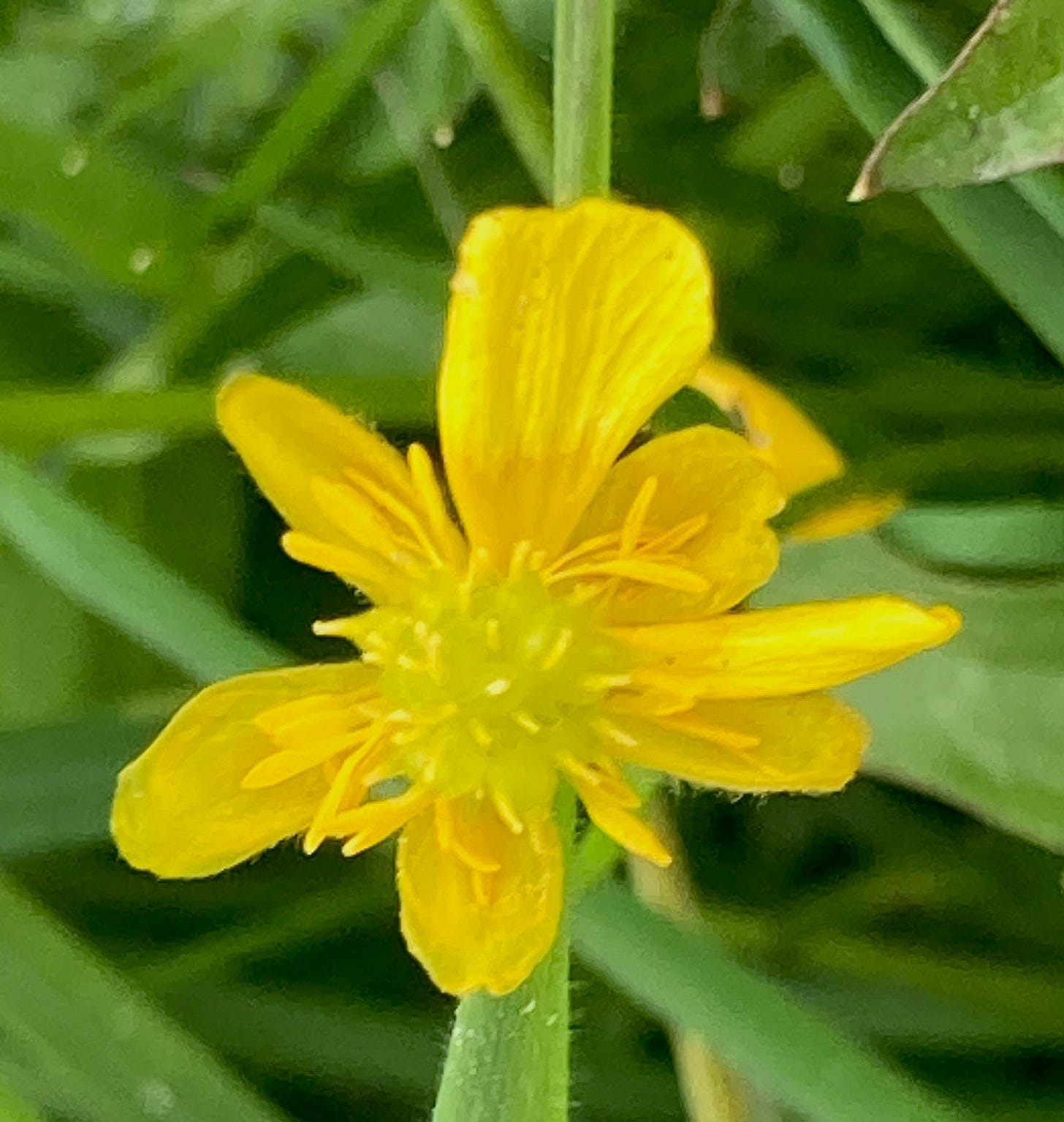
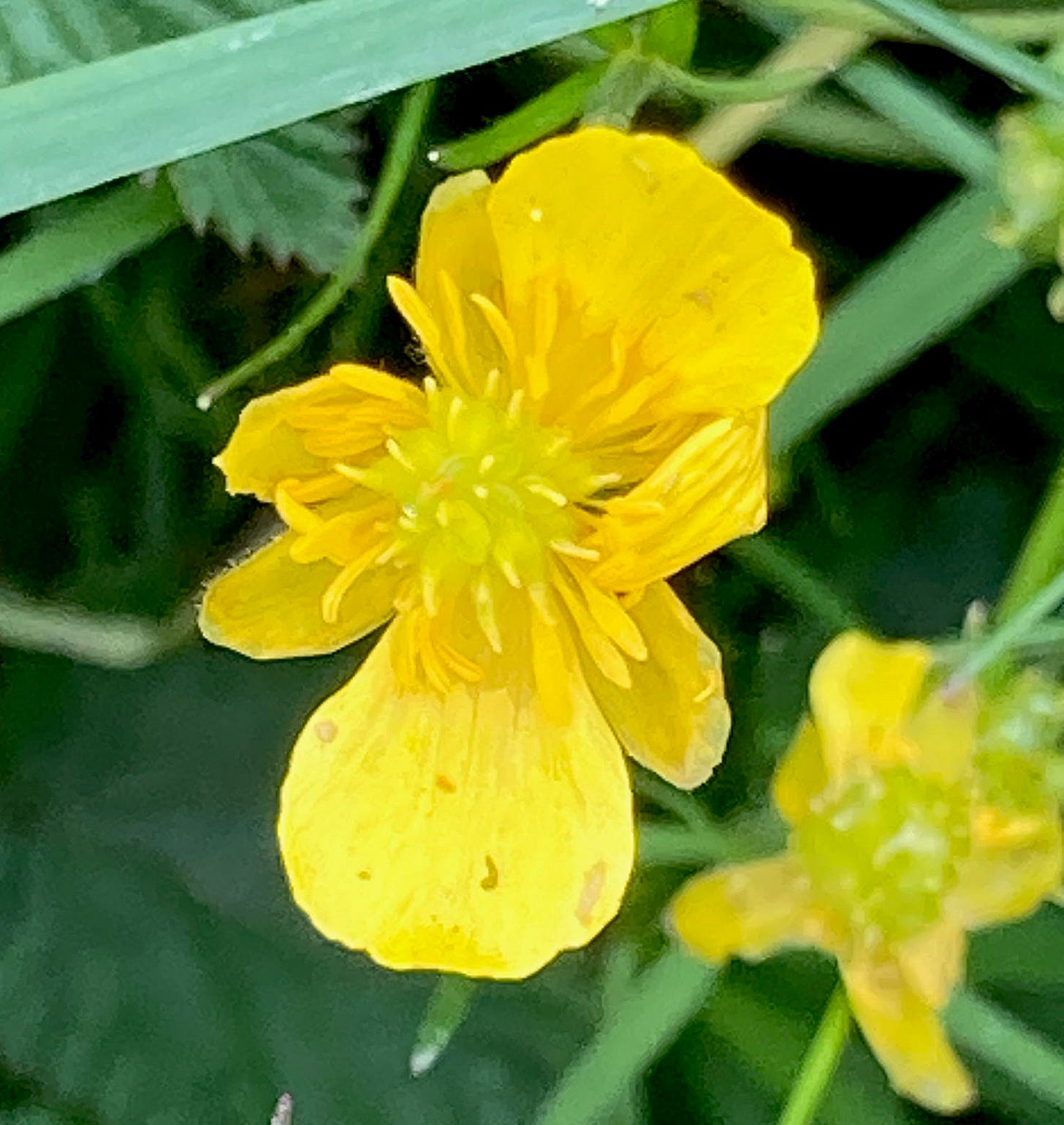

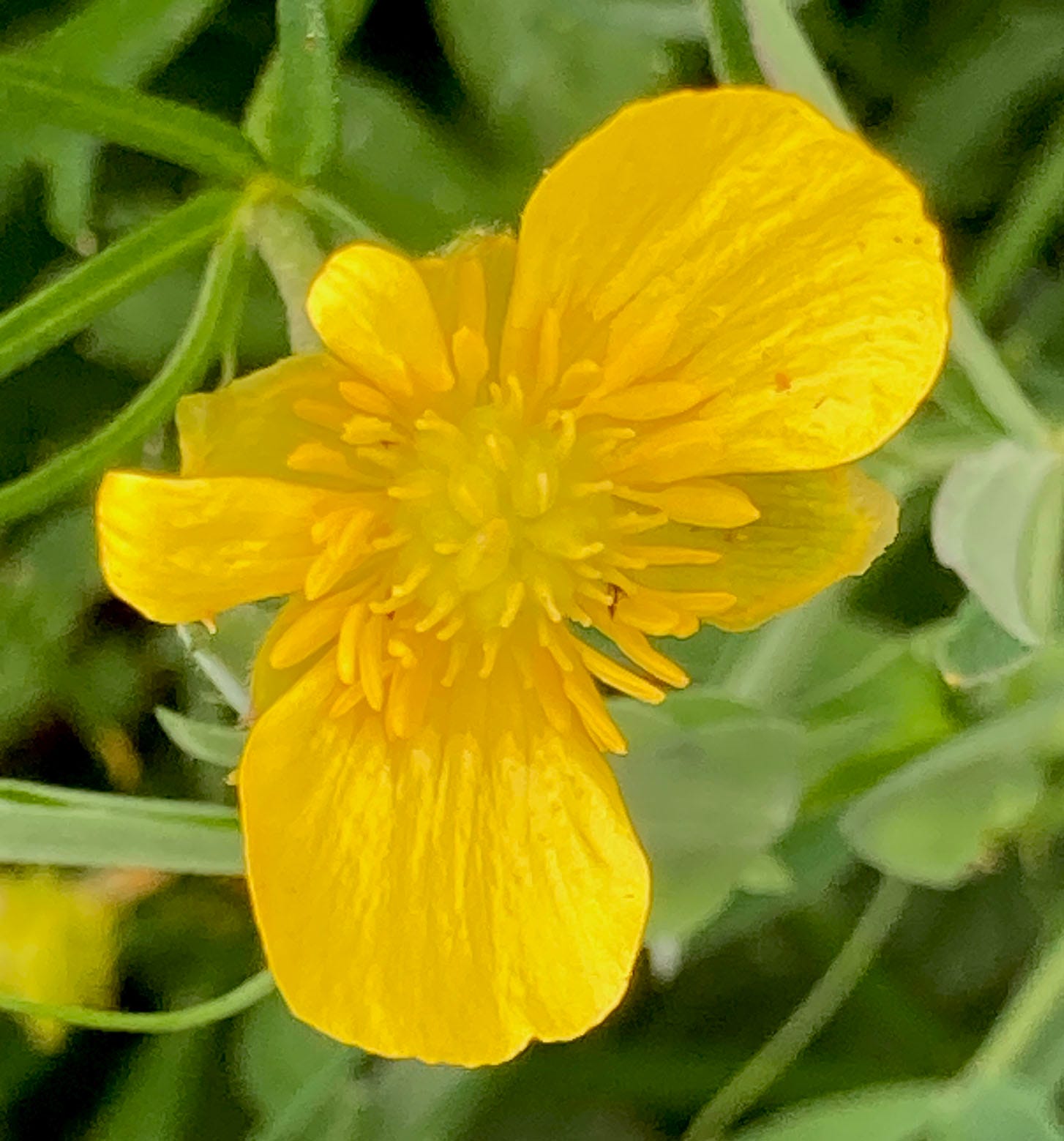
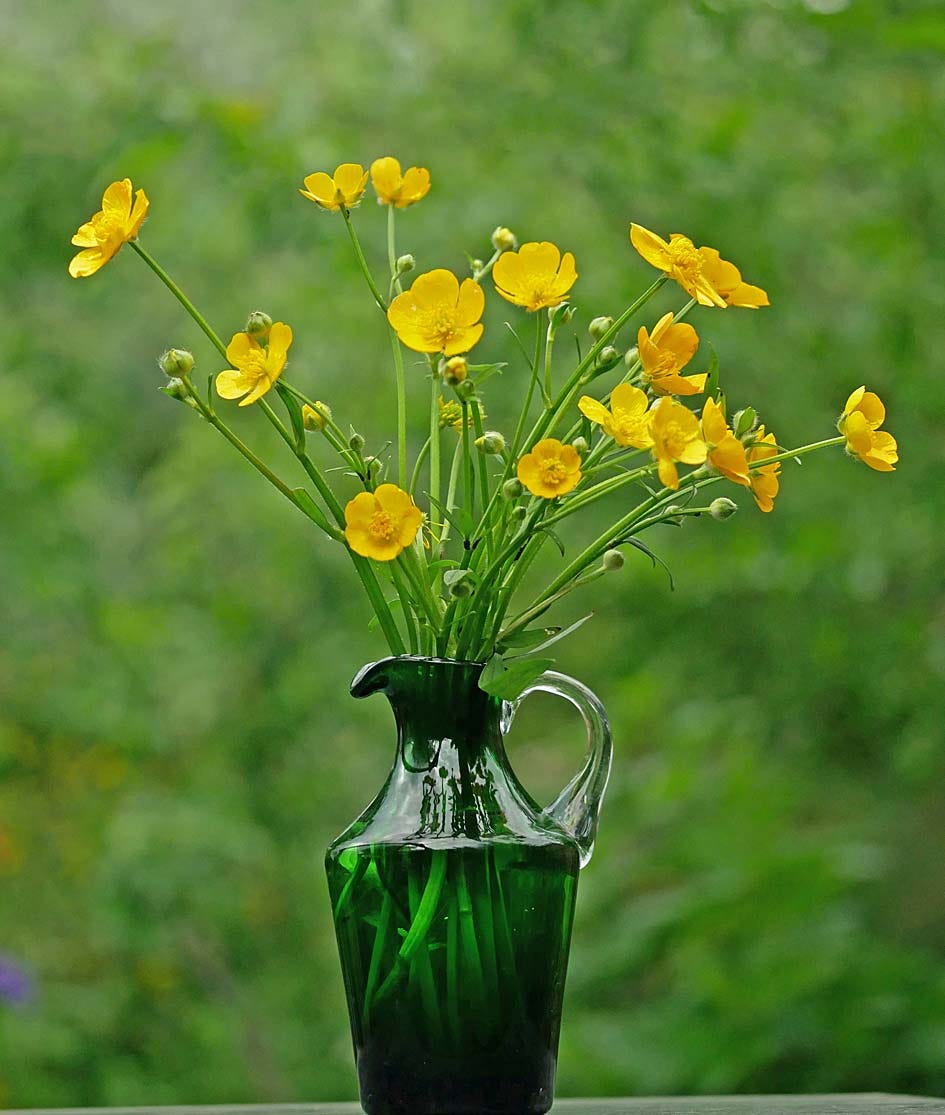
Thank you! I am off to have a proper look.
Love the picture from below! Stunning!